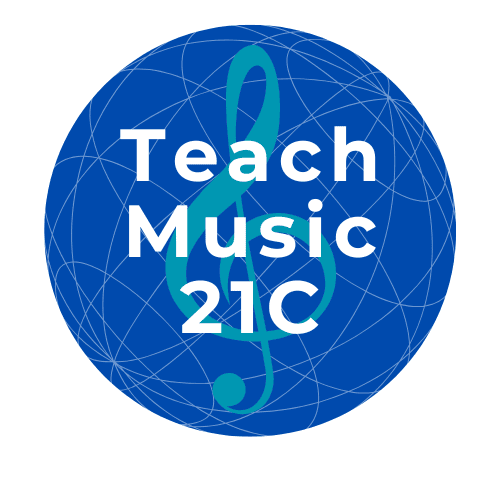In my previous blog, I began a three-part exploration of Universal Technique - the idea that there are fundamental components across vocal and instrumental musical development. Last time it was "the core". Now it's time to take a look at the second element. Can you figure out what it is?

Breathing – for all musicians – is a basic of performance. And I’m not just talking about vocalists and wind instrumentalists who most obviously use their breath to directly produce sound. I include everyone who plays a musical instrument.
Let me tell you more about breathing with examples from my piano studio that demonstrate how breathing has a direct influence on the flow, tempo, phrasing, tone color, and dynamics of musical interpretations.
Six-year-old Rachel is a beginner piano student. After a half-year of lessons, her pieces often end up sounding rather unsteady as a result of her somewhat wobbly fingers. I ask Rachel to tell me about "flow". She responds by extending her right arm and slowly tracing the smooth outline of a figure eight. I marvel at her creativity and join in with my own right arm. I too can feel the flow. I say – “let’s add our breath. Let’s make our breath match the flow”. Rachel adds her breath without a hitch – inhaling and exhaling naturally as she continues to trace the figure eight. I continue – “Let’s see what happens when you put flow into Mary Had a Little Lamb. And why not – add your breath too. Just take a breath before you start, and you’ll be on your way.”

What I like about this example is how the functions of inhaling and exhaling are equal in providing ongoing rhythmic and melodic continuity for pianists. There are no restrictions on where Rachel can breathe in or out. She keeps the flow going through a seamless cycle of switching back and forth between inhaling and exhaling. This continuous breathing cycle helps Rachel with transitioning from the wobbliness of her fingers to a place where breathing carries her fingers along. That’s not to say that her fingers suddenly lost their wobbliness – because they didn’t. What happens is that breathing in and out added a layer of awareness and a momentum different from her usual focus on playing from one note to the next.
Another example - John is playing a one-page march that contains a series of two-bar phrases each of which begins with an accented downbeat in the right hand. I respond by demonstrating how to play the accented downbeat in a two-step process. Step one - on the upbeat – I inhale as I raise my right hand above the keyboard. Step two – on the downbeat, I exhale as I let go of my hand and gravity pulls the appropriate finger into the key – in the same way someone might jump off a diving platform into a swimming pool. The point is that inhaling and exhaling when combined with lifting above the keyboard and diving into the key are effective in producing the desired accents, and also provide a visual confirmation of what’s going on. What the audience sees the performer do in inhaling and exhaling - matches with lifting and diving - which also matches the sound produced. Each time the audience sees the performer inhale and lift a hand above the keyboard - we know something is going to happen because we join the performer in the alignment between breathing, gesture, and sound.

What I find most remarkable about breathing is how it fundamentally intertwines with "the core". We rely on our core to provide the stability, mobility, control, and strength for breathing to take place. Breathing places certain demands on our core – and how we use or misuse our core impacts what we accomplish with breathing. At a first glance, it might seem that breathing belongs exclusively to vocalists and wind players. However, a closer examination reveals that what we do with our breath definitely impacts performance for ALL musicians.
What's the third element of a universal approach to technique? Stay tuned for the next blog to finish off this exploration.
